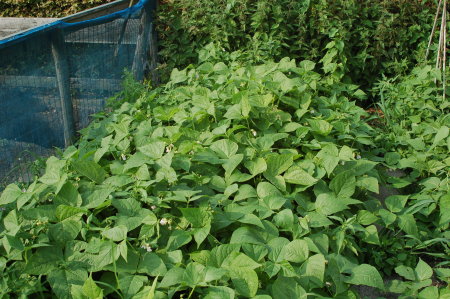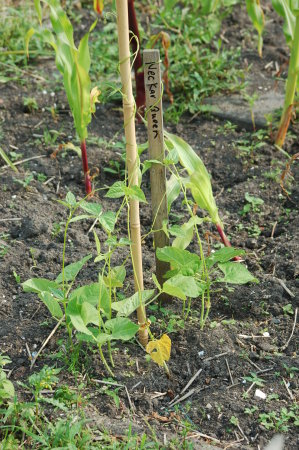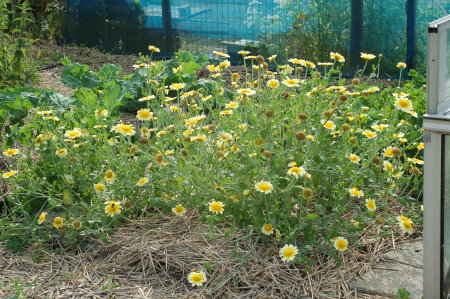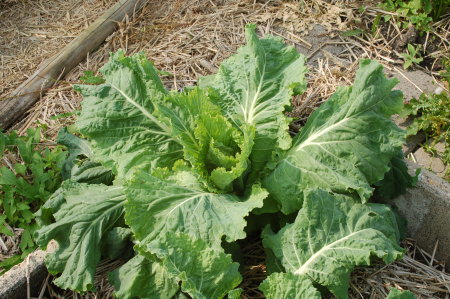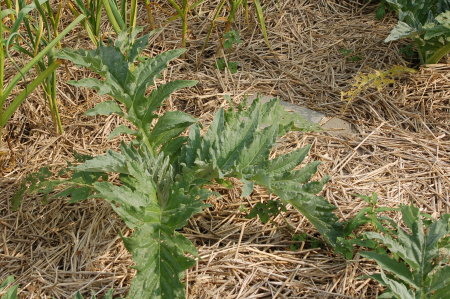My last post about Amateur Foods prompted an interesting discussion in the comments, and a comment from Cynthia led me to a new blog I haven’t seen before Growing Power.
Will Allen, in his first very well written and powerful post, offered a
A Good Food Manifesto for America. In particular my attention was drawn to this:
Many astute and well-informed people beside myself, most notably Michael Pollan, in a highly persuasive treatise last fall in the New York Times, have issued these same warnings and laid out the case for reform of our national food policy. I need not go on repeating what Pollan and others have already said so well, and I do not wish merely to add my voice to a chorus.
I am writing to demand action.
It is time and past time for this nation, this government, to react to the dangers inherent in its flawed farm and food policies and to reverse course from subsidizing wealth to subsidizing health.
While I have a great deal of respect for Michael Pollan, and he has without a doubt done more to attract attention to the US and worlds food problems than anyone in the last century, he is not a doer. By far the most important people in the battle to fix the broken food system in today’s world are the people in the field like Will Allen.
This is not the first I’ve heard of Will Allen. Cynthia, a reader of this blog and someone I have been in frequent email contact with over the last few years told me about him some time ago. Having interesting information and being able to translate it into a post suitable for publishing don’t always go together, as was the case here. The same thing is true with Cynthia herself, who is very involved in the food culture of Virginia and a market gardener. The best I can offer on her is to take a look at her recent comments on the last post.
Next on my list of doers are public domain plant breeders and collectors of old varieties. Some really amazing things have been created or found in recent years by people like Tom Wagner, Alan Kapuler and Tim Peters in the US, as well as many others. In Europe people like Lieven David, Ben Gabel, Frank van Keirsbilck and others. Together with these people are all of those running small farms around the world, have a look at my links page for some of those. I’m sure there are many others I’m forgetting. These are the people who roll their sleves up and get their finger nails dirty, and they are all special in their own ways.
These are all the people creating the food systems of the future, and they are the ones we need to be talking and listening to.


